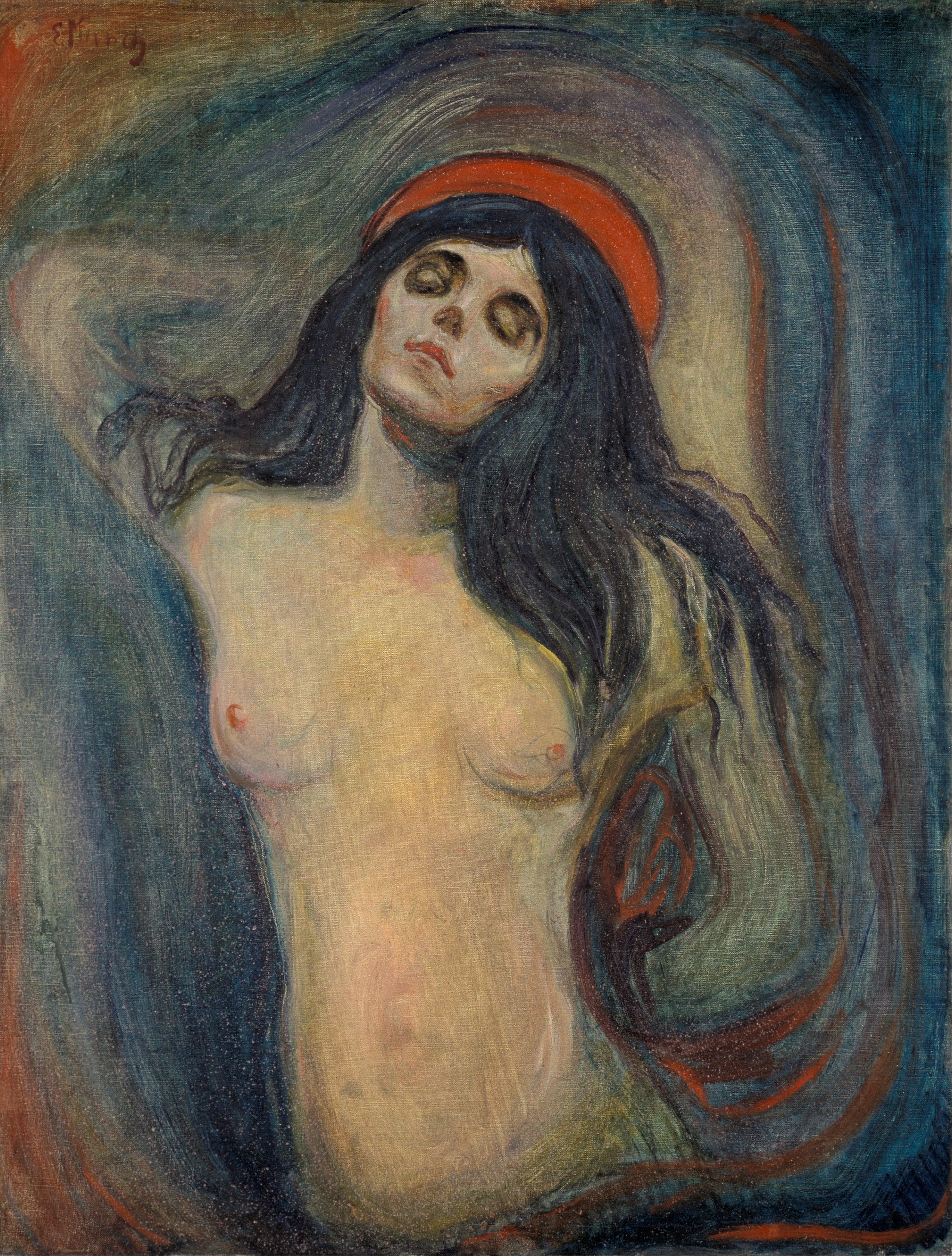Description
Edvard Munch's Madonna painting is a masterpiece of expressionism, depicting the Virgin Mary holding baby Jesus in her arms. The composition of the work is very interesting, since the figure of the Virgin is in the center of the painting, surrounded by a dark and gloomy background that contrasts with the luminosity of her face and that of her son.
Munch's artistic style is characterized by his use of loose, expressive brushwork, which creates a sense of movement and dynamism in the work. In addition, the artist uses a very intense and vibrant color palette, which accentuates the emotion and intensity of the scene.
The history of the painting is also very interesting, as it was created in 1895, at a time when Munch was experimenting with religious and spiritual themes in his work. The Madonna is one of the few religious works the artist created, and is considered one of the most important of his career.
In addition, there are some little-known aspects of the painting, such as the fact that Munch created it at a time of great personal pain and suffering, following the death of his sister Sophie. It is said that the figure of the Virgin in the work represents his sister, and that the painting is a kind of homage to her memory.
In short, Edvard Munch's Madonna painting is a work of great beauty and depth, which combines the artist's expressionist style with a highly emotional religious and spiritual theme. Its composition, color and emotion make it an essential work for any art lover.

